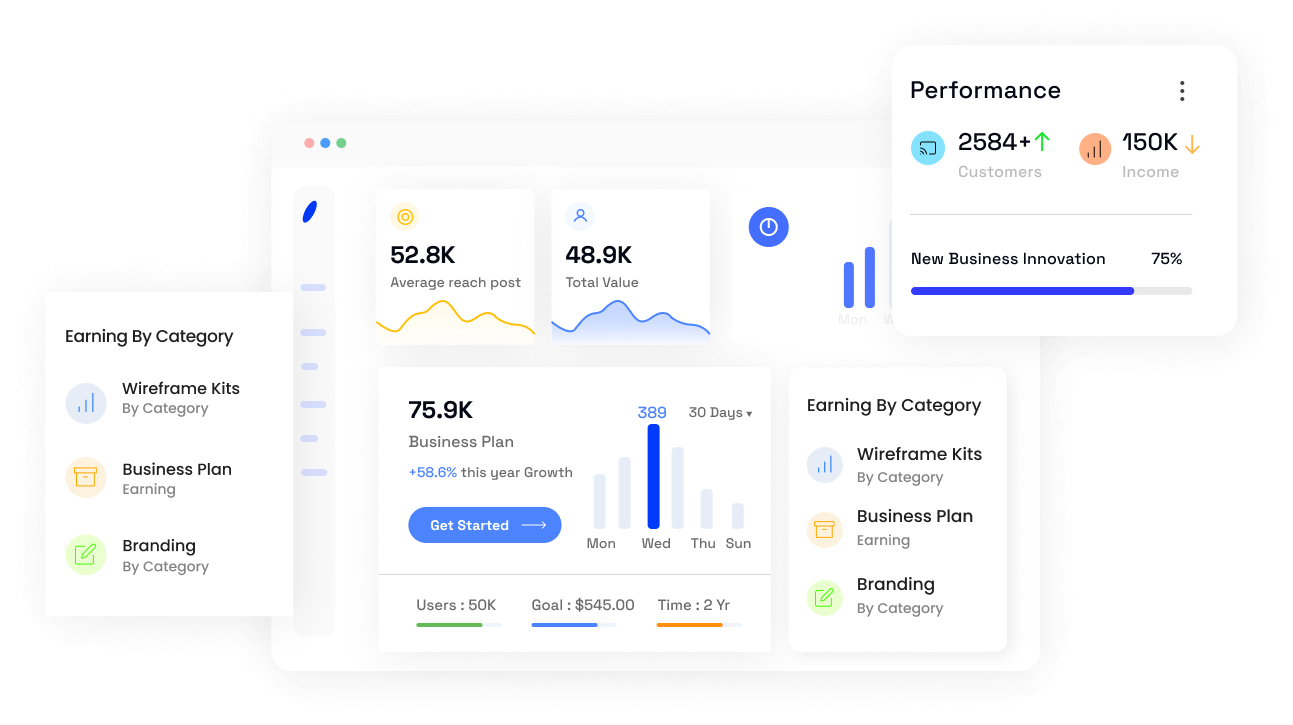Changing the way you
think about the Software!
Search engine marketing (SEM) and Google Ads are two powerful tools that can help businesses of all sizes reach their target audience and achieve their marketing goals. SEM is a broader term that encompasses all paid search marketing activities, including Google Ads. Google Ads is a specific platform that allows businesses to place ads on Google Search and other Google properties.
What are the benefits of SEM and Google Ads?
There are many benefits to using SEM and Google Ads, including:
- Increased website traffic: SEM and Google Ads can help you reach a wider audience and drive more traffic to your website. This can lead to more leads, sales, and revenue for your business.
- Improved brand awareness: SEM and Google Ads can help you increase brand awareness and make your business more visible to potential customers. This is especially important for new businesses or businesses that are entering new markets.
- Targeted reach: SEM and Google Ads allow you to target your ads to specific demographics, interests, and behaviors. This means that you can reach the people who are most likely to be interested in your products or services.
- Measurable results: SEM and Google Ads are very trackable, so you can see how your campaigns are performing and make adjustments as needed. This helps you get the most out of your investment.
- Cost-effectiveness: SEM and Google Ads can be a very cost-effective way to reach your target audience. You only pay for people who click on your ads, so you don’t have to waste money on people who are not interested in what you have to offer.
Here are some specific examples of how businesses have benefited from using SEM and Google Ads:
- A small business that sells handmade jewelry used Google Ads to increase website traffic by 200%. This led to a 30% increase in sales.
- A medium-sized business that provides professional services used SEM to improve brand awareness and generate leads. This resulted in a 15% increase in qualified leads.
- A large enterprise company used Google Ads to target a specific demographic with a new product launch. This campaign resulted in a 20% increase in sales for the new product.
How to get started with SEM and Google Ads
If you’re interested in getting started with SEM and Google Ads, there are a few things you can do:
- Set up a Google Ads account: This is free and easy to do.
- Do your keyword research: This is important to identify the keywords that your target audience is using to search for products or services like yours.
- Create a compelling ad: Your ad should be clear, concise, and relevant to your target audience.
- Set a budget: This is how much you are willing to spend on your campaign.
- Track your results: This is important to see how your campaign is performing and make adjustments as needed.
SEM and Google Ads can be powerful tools for businesses of all sizes. If you’re not already using these tools, I encourage you to give them a try. They could help you reach your target audience and achieve your marketing goals.
Additional tips:
- Use Google Ads extensions: These are additional pieces of information that you can add to your ads, such as your address, phone number, or website links.
- Use remarketing: This allows you to show ads to people who have previously visited your website or shown interest in your products or services.
- Use a call-to-action: This tells people what you want them to do, such as visit your website, call you, or sign up for a newsletter.
- Test different ad formats: There are a variety of ad formats available, such as text ads, image ads, and video ads. Experiment with different formats to see what works best for your campaign.
- Get professional help: If you need help with your SEM or Google Ads campaigns, there are many professional agencies that can help you.
SEM and Google Ads can be a complex topic, but with a little effort, you can learn the basics and start using these tools to grow your business.

